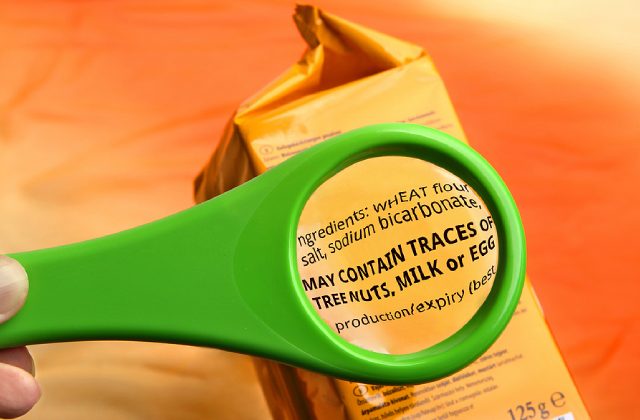
If your child reacts badly to milk or dairy products, they may be dealing with more than lactose intolerance—they could have a milk allergy. Unlike lactose intolerance, which may be uncomfortable but is ultimately non-life-threatening, milk allergy can severely affect your child. In fact, milk is one of the most common foods causing anaphylaxis.
Unfortunately, milk plays a significant role in infants’ and young children’s diets. Therefore, it is vital that parents detect the problem early and take steps to manage their child’s adverse reactions.
What Is a Milk Allergy?
If your child is allergic to milk, their immune system overreacts to the proteins in cow’s milk (cow’s milk is the more common allergen, but children may also react to milk from other mammals, like sheep and goats). Perceiving that these proteins are harmful invaders, the immune system fights back, releasing chemicals like histamine.
Milk allergy is most common in babies and young children.
Types of Milk Allergy
There are two main types of milk allergy.
The first is immediate cow’s milk allergy, which involves immunoglobulin E (IgE) antibodies. If your child has an IgE-mediated allergy, their reactions typically come on very quickly, between minutes and up to two hours after consuming foods and beverages containing milk. Children with this type of allergy may experience anaphylaxis.
The second is delayed cow’s milk allergy, which involves the immune system but does not involve IgE antibodies. Symptoms usually occur after two or more hours; in some cases, it may take up to 48 hours to develop.
Symptoms
Some signs of milk allergy include:
- Hives and swelling
- Stomach upset, vomiting, and diarrhoea
- Wheezing, throat tightness, and coughing
- Dizziness
In more severe cases, your child may experience:
- Constriction of airways
- Facial flushing
- Drop in blood pressure
Note that symptoms do not always stay the same. Your child could have a mild reaction the first time and experience a severe or life-threatening reaction the next. Therefore, it is critical that you consult your doctor once you notice signs of a milk allergy. Your doctor will perform the necessary diagnostic tests and guide you through the allergy management process.
Milk Allergy vs. Lactose Intolerance
While allergies and intolerance sound similar, they are distinct conditions that affect the body differently.
You can tell what your child is experiencing by observing their symptoms. While lactose intolerance primarily affects the gut (leading to nausea, bloating, and diarrhoea), milk allergy also involves skin and respiratory symptoms.
What Can You Do If Your Infant Has a Milk Allergy?
If you’re breastfeeding your baby, you should talk to your doctor or allergist to see if any changes need to be made in your diet, as milk proteins may pass through breastmilk.
If you’re formula feeding, you may want to switch to an extensively hydrolysed formula, where proteins are broken down into small particles and are less likely to trigger a reaction. If your child experiences severe allergies or is not responding to an extensively hydrolysed formula, consider switching to an amino acid formula, which is completely dairy-free.
Conclusion
Milk allergies are not just inconvenient—they’re also dangerous. Therefore, it is vital that you watch out for possible symptoms of an allergy and consult your doctor if you suspect a problem. For families living in the East of Singapore, consider visiting our paediatric clinic at Katong for a child allergy test and allergy management services.



